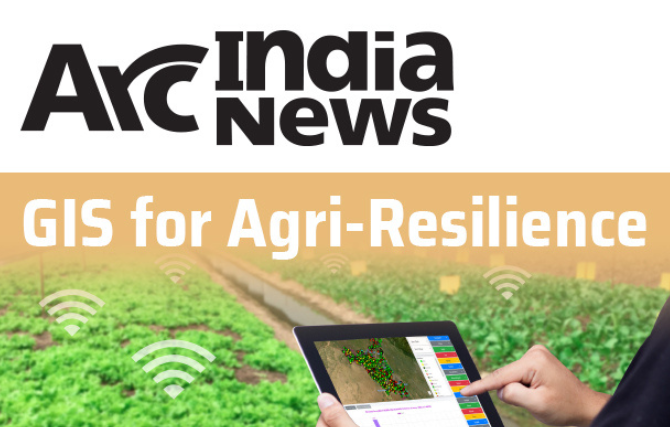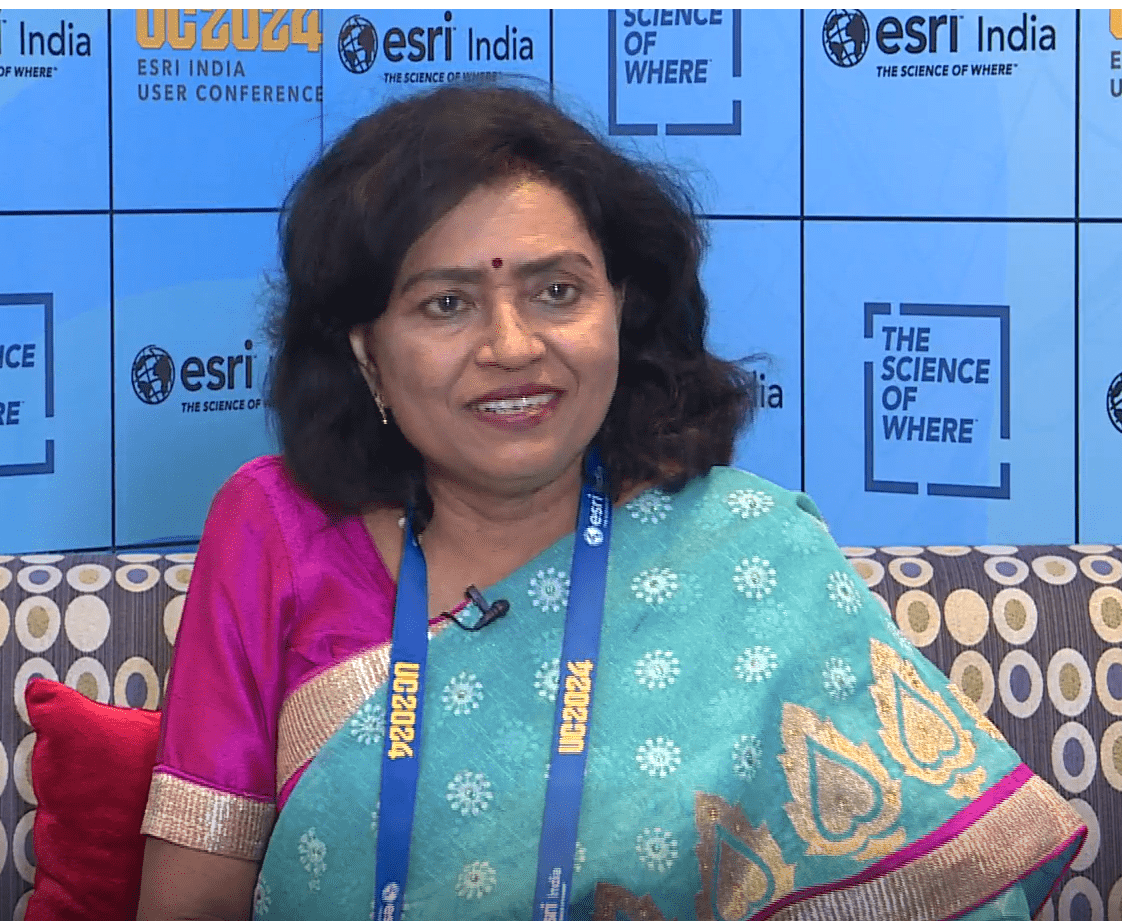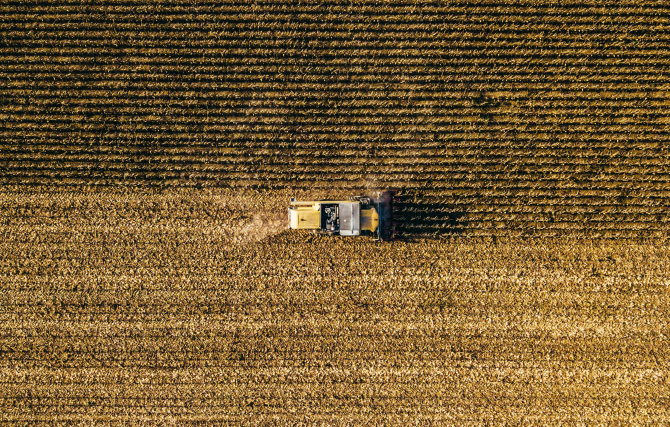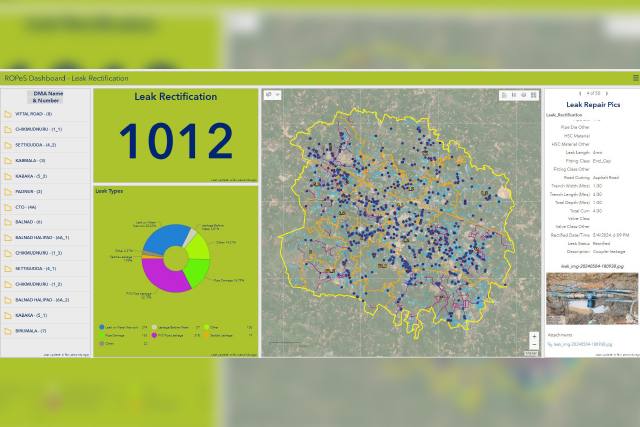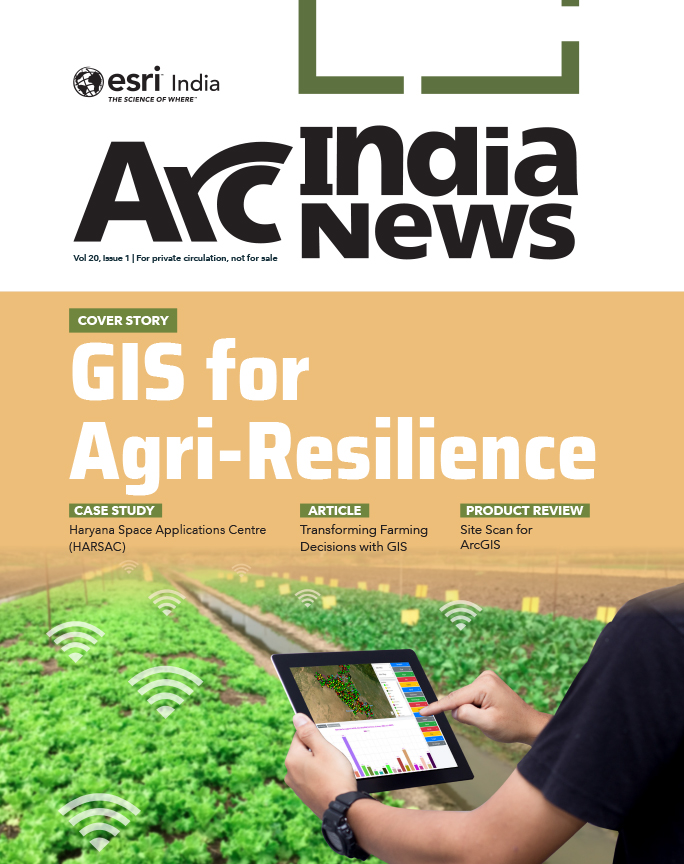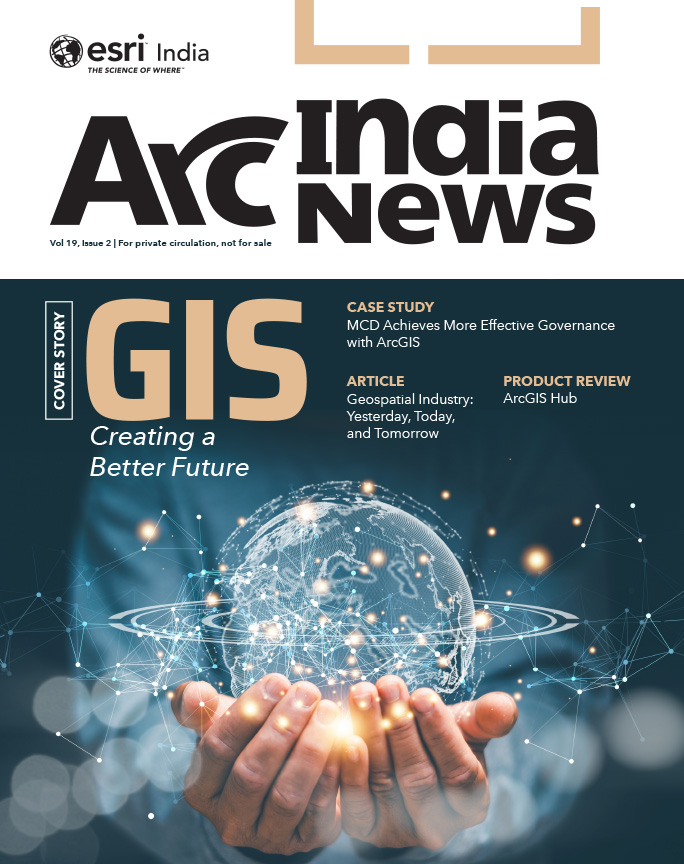We are generating datasets for different regions. The farm-level data benefits farmers. We run many projects for sustainable land use planning, and land evaluations for crop suitability for particular regions including cash crops that are beneficial for farmers. We in the Bureau, are also working on watershed development programs such as reward and LRI-PMKSY-2.0 In these programs, soil and watershed development plans are generated and soil and water conservation measures for every farm in a particular region are suggested. This is beneficial for farmers and stakeholders.
We also develop detailed soil information maps. We are distributing land resource inventory cards. In those cards, we provide information about 12 important parameters of soil along with other soil characteristics and morphological features and give a range of that (low, medium, high). According to those low, medium, high parameters, we suggest the nutrient requirement of particular farms. This is very important information for the farmers as it helps them manage and monitor the fertilizer dosage and maintain soil health and crop yield. All these data are interpreted on the GIS platform in a short period of time and with utmost accuracy.
